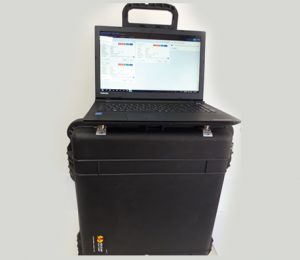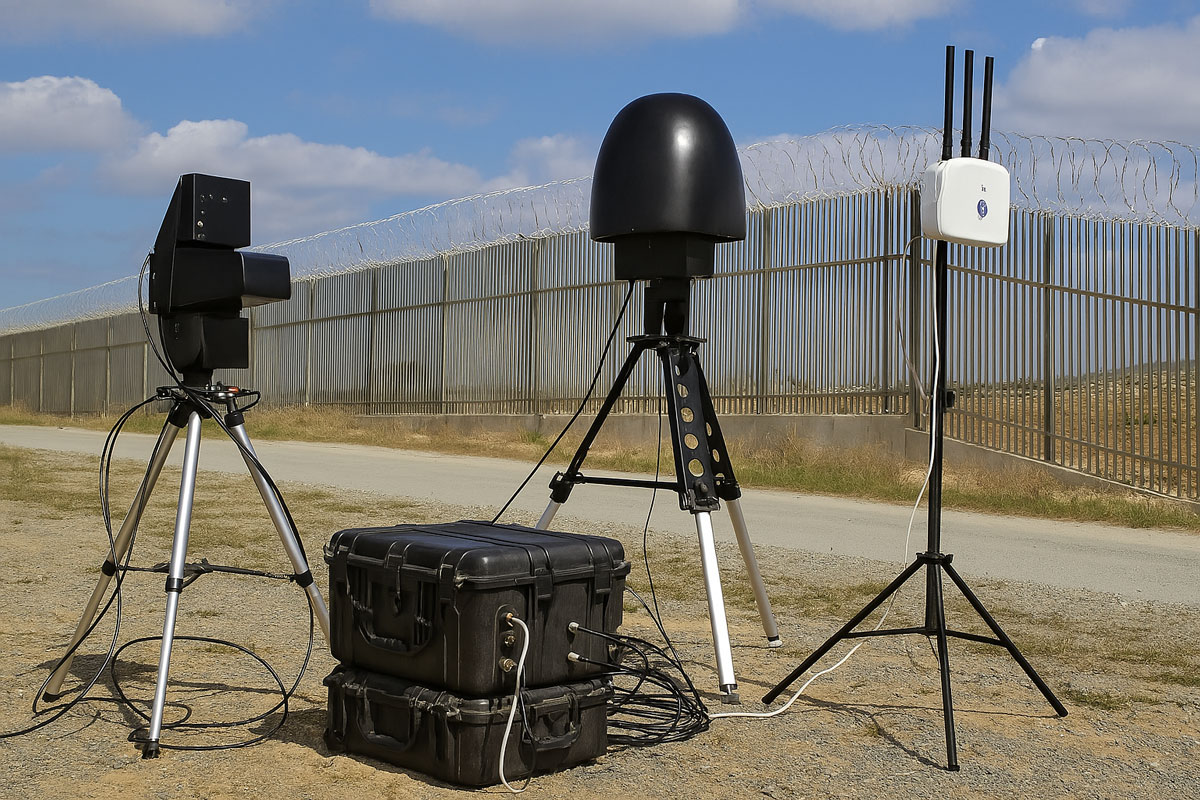Look out at a busy street and you would be forgiven for thinking that the last thing the world needs is a cell phone detector; if anything we are constantly being asked to put our phones away. From “Turn off your phones” in the Intensive Care Units to “Silent cars” on trains to ‘Unplugged Weddings’ (“Please put away your phone until after the 1st dance”), one might think that cell phones have become very unpopular. And as the capabilities of these devices expand, the list of places that are banning them continues to grow. From university exam rooms, to prisons, to classified meetings to celebrity weddings, cell phones are ‘non grata’ for a variety of reasons.
Hence the cell phone detector. Detecting the presence of a cell phone can be as easy as sniffing out the RF signals that the device requires to maintain a connection with the network, whether the phone is actively being used or not. Cell phone detectors come in variable sizes, based on their function. Mobile units can be carried discreetly, covering the immediate vicinity and raising a silent alarm if a device is discovered, while fixed units can function ‘hands-free’ and act as a deterrent by triggering a wall-sized beacon whenever a cell phone has appeared in the area. The stronger the detector, the wider the range. Using a DF (direction finding) antenna, or by triangulating with more than one ‘hit’, it is also possible to identify the exact location of a device. Some cell phone detectors can also reach out to the intruding phones with predefined messages/warnings.
‘No Phone’ zones
The amount of active cell phones in the world is on its way to matching the global population, whereas in individual countries the average is now more than one phone per person, so it is now more logical to assume that someone has a cell phone than that they don’t. Concerns about their presence vary depending on the context. For instance, talking on the phone is a nuisance in public environments, whereas emissions from the device can interfere with proper function of critical systems (e.g. onboard navigation or life-saving medical devices). Since most phones can capture (and send) high-quality audio and video, and accurately pinpoint their location, they are not welcome in places where top secret discussions take place or in private functions that are intended to stay private. Placing a cell phone detector is the logical measure to take. Even in situations where the users themselves are not suspect, the security concerns are that remote hacking can convert any cell phone into a potential surveillance and tracking device. In extreme situations, such as in correctional facilities, phones are considered contraband even when turned off, so the cell phone detectors must be able to sense the magnetic signature of the devices through walls and other encasements.








